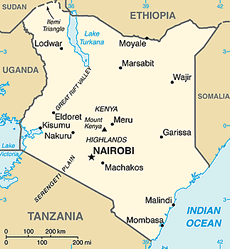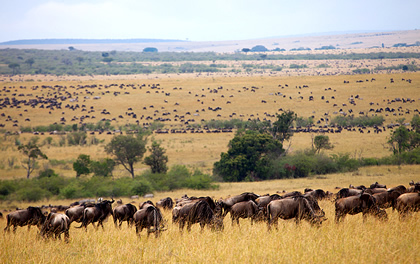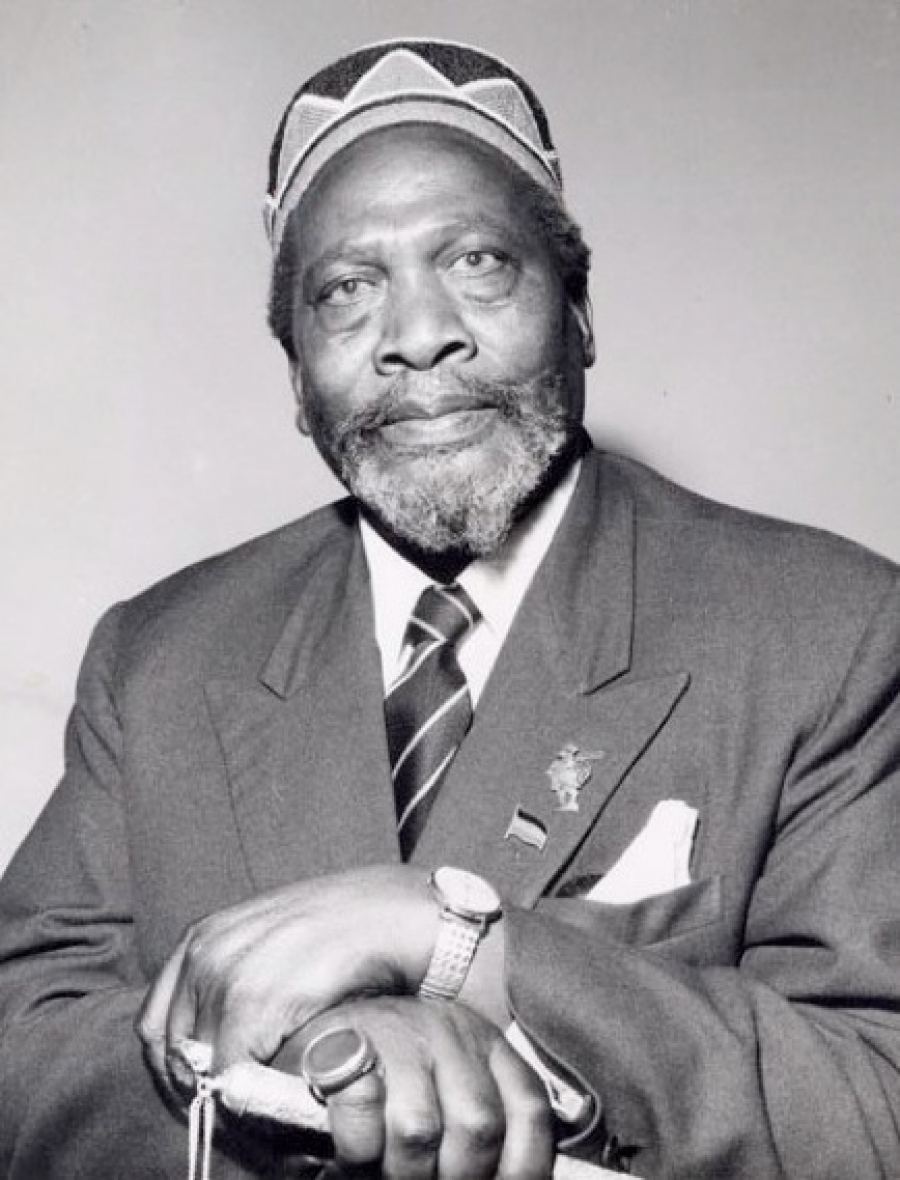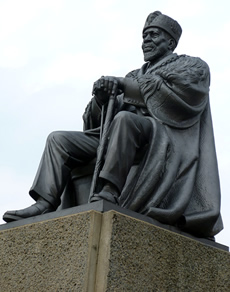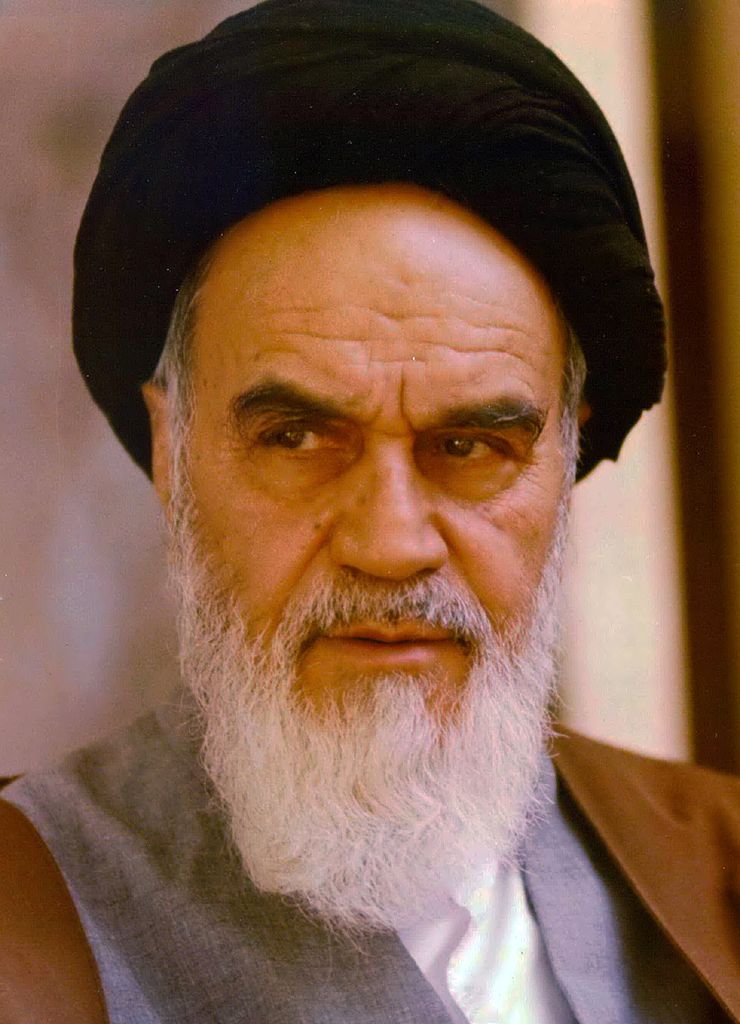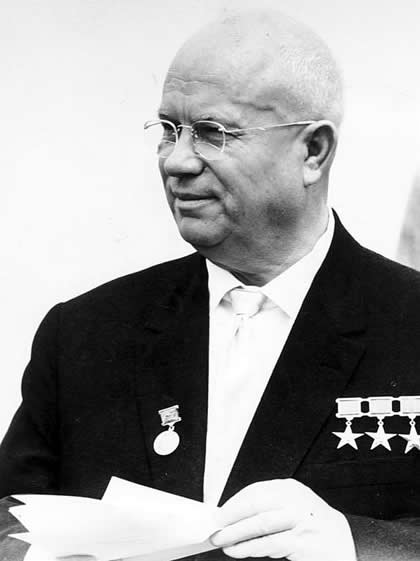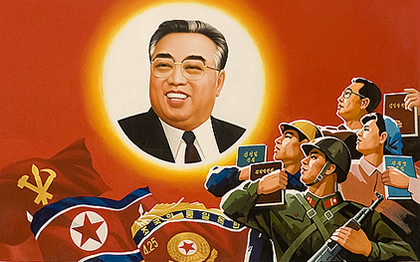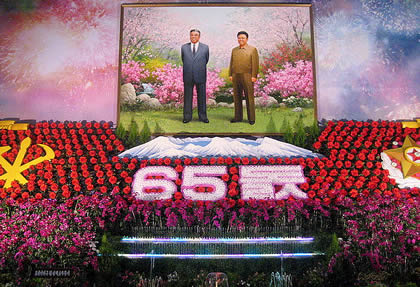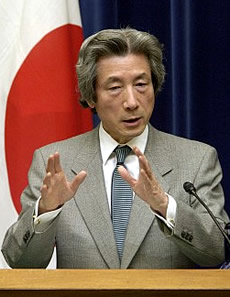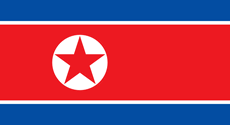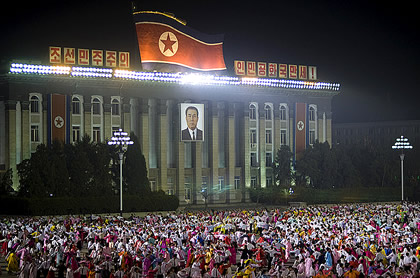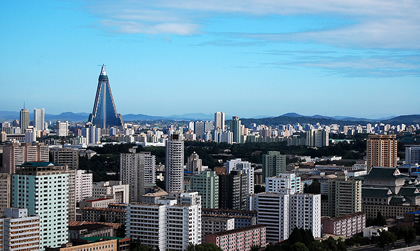 |
| Martin Luther King, Jr. |
Martin Luther King, Jr., was a civil rights leader whose campaigns for African-American racial equality made him an American icon. King was born in Atlanta, Georgia, on January 15, 1929, the son of the Reverend Martin Luther King, Sr., and Alberta Williams King.
He was part of a ministerial dynasty at Atlanta’s Ebenezer Baptist Church, which was begun by his grandfather, who served the church from 1914 to 1931. King preached there from 1960 until his death.
King’s initial education was in the segregated Atlanta school system. He left high school at age 15 after gaining early acceptance at Atlanta’s prestigious Morehouse College.
From Morehouse he went north to attend Crozer Theological Seminary in Pennsylvania, becoming president of his senior class, and gaining his B.D. degree in 1951. He then accepted a fellowship that allowed him to pursue a doctorate at Boston University, finishing his preliminary studies in 1953 and receiving his degree in 1955.
It was during this time that he met and married Coretta Scott on June 18, 1953. Following Dr. King’s death Coretta King emerged as a promoter of civil rights and social justice in her own right. She served as leader of the King Foundation until her death in 2006.
In 1953 King became pastor of the Dexter Avenue Baptist Church in Montgomery, Alabama, at age 26 and began to condemn Jim Crow segregation in the course of promoting civil rights reform for the African-American citizens of Alabama. In 1955 he joined the
Montgomery Bus Boycott.
The boycott lasted for more than a year and King faced retribution and death threats, including the bombing of his home. As with many other civil rights developments, the U.S. Supreme Court ultimately proved the driving force that finally ended segregation on intrastate buses in 1956.
In 1957 King took on the leadership of the Southern Christian Leadership Conference (SCLC), which became the springboard for his authority and that of the emerging Civil Rights movement. The movement began in black communities and churches but soon drew members from the broader population outside the south.
King shaped the SCLC philosophy toward nonviolent protest and pressure, drawing upon Christian teachings, but also inspired by the successful protests of
Mohandas K. Gandhi. King was also on the executive committee of the National Association for the Advancement of Colored People (NAACP).
Through these leadership positions and through growing televised media attention, King became a national figure and a major force in U.S. politics. The movement often faced a violent response to its activities, particularly as its agenda expanded to include a full range of civil rights issues.
The speed of change proved dramatic and unstoppable and received national attention through events such as the 1963 March on Washington, which was inspired by and coordinated with other civil rights leaders but made famous by King’s “I Have a Dream” speech.
It has been argued that the focus of this demonstration became less angry and more embracing because of pressure put on King by President
John F. Kennedy, who believed the wrong approach could damage support for civil rights legislation. King’s ascendance to national prominence was revealed when he became Time magazine’s Man of the Year for 1963.
These protests helped in the passing, during the presidency of
Lyndon B. Johnson, of the Civil Rights Act of 1964 and the Voting Rights Act of 1965. Martin Luther King, Jr., received recognition for his gigantic influence when he was made a Nobel laureate in 1964, being awarded the Peace Prize in recognition of his many efforts.
It was in the mid-1960s that King tried to take the civil rights movement to the north, beginning in Chicago in 1966. King and Ralph Abernathy made an effort to confront the poor’s living conditions by moving to the slums.
Here he faced violence and discrimination as well as Mayor Richard J. Daley’s Chicago political administration, which undercut reform activities whenever possible. Eventually King and Abernathy returned to the South, but left a then-young follower, Jesse Jackson, in Chicago to carry on their work. From this base Jackson later built his own
organization.
King started to reevaluate his positions on many areas and issues, including social and economic reform as well as the
Vietnam War. His rhetoric and speeches took on new tones that seemed to challenge not only segregation, racial justice, and civil rights but also issues potentially far more controversial to the mainstream.
His turn to issues of poverty and its eradication led to his and SCLC’s involvement in the “Poor People’s Campaign” in 1968, which was to culminate in another major march on Washington demanding that the government address the needs of the poorest communities and members of U.S. society.
In April 1968 his campaign took him to Memphis, Tennessee, where he offered his support to the Memphis Sanitation Workers’ strike for better wages and conditions. King saw the solution to many of these problems in government-driven job programs to reduce and reverse poverty in the nation in the form of a poor peoples’ bill of rights.
While staying at the Lorraine Motel in Memphis on April 4, 1968, in preparation for a local march in support of the strikers, King appeared on the balcony at 6:01 p.m. and was assassinated by rifle shot.
He was pronounced dead at 7:05 p.m. King’s death was met with shock and dismay. President Johnson declared a day of national mourning, and the vice president, Hubert Humphrey, attended the funeral along with a crowd estimated at 300,000.
A national and international manhunt was launched for the killer, and two months later in London, England, James Earl Ray was apprehended on a passport violation and extradited to Tennessee, where he was charged with King’s murder and confessed on March 10, 1969. Ray received a 99-year sentence and spent the rest of his life denying his guilt and requesting a trial.
He argued that King had been killed by others and that he was only a fall guy in the midst of a larger conspiracy. Ray and several other inmates escaped from Brushy Mountain State Penitentiary in Petros, Tennessee, on June 1977, not long after Ray testified to the House Select Committee on Assassinations.
Controversy has surrounded the Ray conviction and there are many who believe that sinister forces manipulated and orchestrated the assassination plot. Issues have been raised concerning fingerprint evidence and ballistic tests on the rifle used in the crime.
In 1997 Ray was visited in prison by King’s son Dexter, who supported Ray’s demand for a trial. In 1999 the King family instigated a wrongful death civil action against Loyd Jowers, a local Memphis restaurant owner who claimed a role in the assassination.
A local jury found that Jowers, even though he had failed a lie detector test in regard to his claim, was guilty and that other government agencies were involved in the assassination. These claims were investigated in detail by the Department of Justice in 2000 and no evidence in support of the allegations was found.
The assumptions concerning a high-level conspiracy were enhanced because of King’s conflicts with
J. Edgar Hoover and the FBI. Initially they investigated communist associates of King and the organization, and maintained wiretaps at various times, including intruding on King’s privacy and threatening him with exposure of his extramarital affairs. These tapes were placed in the National Archives and will be sealed until 2027.
Besides these attacks on the King legacy and honor, there were concerns expressed in the 1980s over plagiarism. This did lead to a formal inquiry in regards to his doctoral dissertation by Boston University, which concluded that almost a third of his work was taken from another student.
Yet the university decided not to revoke his degree. It was also argued that many of his other writings and speeches received the benefit of literary assistance in the form of ghostwriters.
Nevertheless even in the face of these questions as to his character, Martin Luther King, Jr., remains a major force in U.S. history whose name is one of the most easily recognized in the land.
His boyhood home in Atlanta became a national historic site in 1980 and in November 1983 President
Ronald Reagan endorsed a bill creating a Martin Luther King National Holiday, which occurs on the third Monday in January.
In addition his name was added to many streets and other public buildings throughout the United States and a King National Memorial in Washington, D.C., began with the purchase of land near the National Mall in 1999. Final design approval came in 2005.



